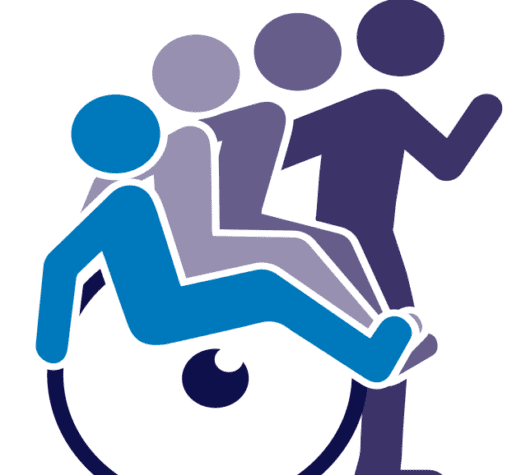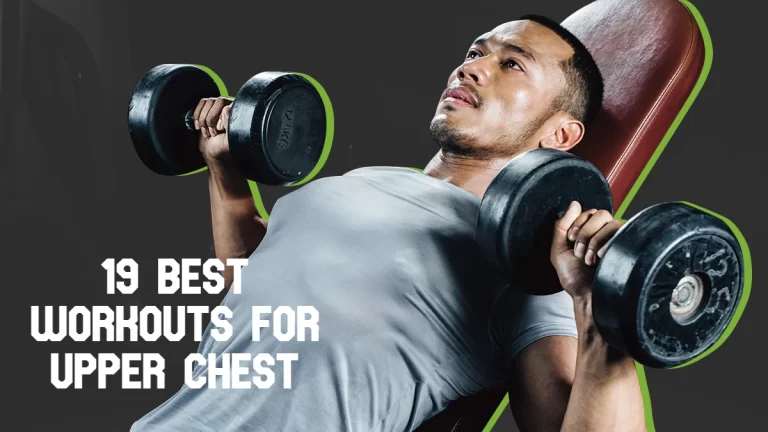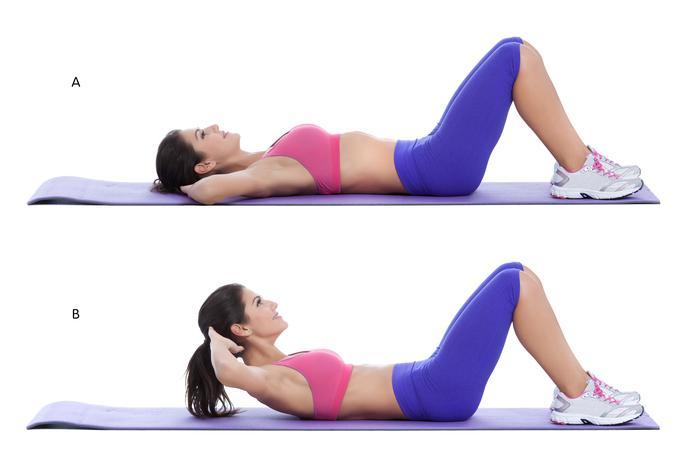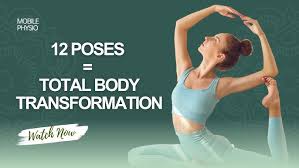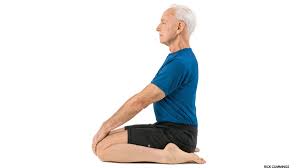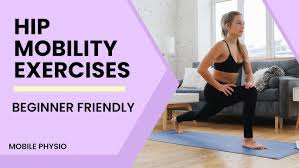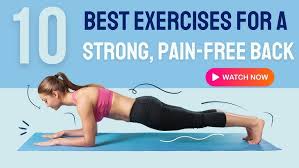Straight Leg Raise Exercise for Knee Pain Relief
Table of Contents
Introduction:
Straight Leg Raise Exercise is a simple yet effective movement that strengthens the quadriceps, improves knee stability, and supports rehabilitation after injury or surgery.
One of the simplest and most effective exercises for building up the muscles surrounding the knee without overtaxing the joint is the Straight Leg Raise. The quadriceps, which are essential for stabilizing the knee and easing pain from weakness or injury, are its main focus.
People with arthritis, knee pain, or those recovering from surgery are frequently advised to do this exercise. It is safe, easy for beginners, and an excellent method for improving mobility and restoring knee function because it can be performed while lying down with no exertion.
What is the Straight Leg Raise Exercise?
Strengthening the quadriceps muscles at the front of the thigh, which are essential for supporting and stabilizing the knee joint, is the goal of the straightforward, low-impact Straight Leg Raise (SLR) exercise.
To activate the thigh muscles without overstressing the knee, you must lie on your back and raise one leg straight up while maintaining the knee completely extended. Because it is easy on the knee and helps increase muscular strength, joint stability, and general leg function, this exercise is highly suggested for anybody with arthritis, knee pain, or recovering from knee surgery.
Straight Leg Raise Exercise Video
How to Do the Straight Leg Raise?
The Straight Leg Raise (SLR) exercise involves keeping one leg straight while lying flat on your back with the other knee bent. Maintaining your muscles engaged, hold the position for a few seconds before carefully lowering the leg back down. To enhance knee stability and develop the quadriceps, perform this exercise many times on each side.
Benefits of SlR in Knee Pain:
There are several advantages to the Straight Leg Raise (SLR) exercise, particularly for people who are recuperating from an injury or have knee pain. The quadriceps muscles, which are essential for stabilizing and supporting the knee joint, are strengthened by it.
SLR improves total joint function, decreases pain, and increases mobility by strengthening muscles without overtaxing the knee. Additionally, this activity helps manage illnesses like arthritis, aids in the recovery process following knee operations, and can help avoid recurrent knee strains or injuries. It also increases leg strength and endurance, which facilitates and eases everyday tasks like standing, walking, and climbing stairs.
Common Mistakes to Avoid in SLR?
Several typical errors can create strain or lessen the efficiency of the Straight Leg Raise (SLR) exercise. The hip and lower back may be subjected to needless strain if the leg is raised too high. During the lift, arching the back might cause pain and decrease quadriceps activation.
The advantages of strengthening are diminished if you rush through repetitions or use momentum rather than deliberate movements. Furthermore, effects may be limited if the thigh muscles are not maintained or if the leg is held for an extended period of time.
The exercise is safe and helpful for relieving knee pain as long as good form is maintained and slow, deliberate motions are used.
Precautions and Safety Tips:
It’s crucial to take safety and efficacy considerations when executing the Straight Leg Raise (SLR) exercise. Before beginning, always get advice from a physician or physiotherapist, particularly if you have recent surgery, significant knee pain, or other health issues.
Avoid arching your back or elevating your leg too high; instead, move slowly and deliberately. If you feel severe knee or hip pain or swelling, stop right away. A tiny support, such as a wrapped towel under the lower back, can assist in maintaining perfect form, and beginners can begin with fewer repetitions and increase them gradually as their strength increases.
Conclusion:
To sum up, the Straight Leg Raise (SLR) exercise is a very safe, easy, and efficient method of strengthening the knee muscles and easing pain. It is crucial for enhancing stability, mobility, and total leg function, whether it is utilized for pain management, post-surgery recuperation, or general knee health. Regular and proper practice can help you support your knee joints, avoid more injuries, and make daily tasks less painful.
FAQs
Depending on the cause, the “best” treatment for knee pain in the elderly may involve a mix of methods such as weight control, low-impact exercises (walking, swimming), physical therapy, hot and cold therapy, over-the-counter painkillers, and in more extreme situations, stronger drugs or surgery. A medical expert can identify the root cause and suggest a customized course of action.
Avoid high-impact activities such as leaping, jogging on hard surfaces, and abrupt stops to prevent or worsen knee pain. Additionally, you should stay away from workouts like lunges and deep squats that overstress the knee joint. Leg press machines and full-range leg extensions may also cause issues for certain people.
Herbs & Spices
Because it contains the active ingredient curcumin, turmeric is especially good at lowering inflammation associated with knee pain and arthritis. Garlic and ginger may be simply added to food for taste and health benefits, and they also have strong anti-inflammatory properties.
A lack of vitamin D can worsen osteoarthritis symptoms and weaken bones and muscles, which can lead to knee pain. By influencing the health of bone and cartilage or lowering inflammation, other nutrients like vitamin K and omega-3 fatty acids may also be important. See a doctor if you have chronic knee pain so they can measure your vitamin levels and provide you with tailored dietary or supplement recommendations to treat any possible deficiencies.
A non-surgical therapy for severe osteoarthritis in the knee is arthrosamid injections. Without requiring surgery, they are carried done as a straightforward outpatient operation.
Even though hanging knee raises are a great workout, you may need to adjust the difficulty based on your current level of fitness to provide your core muscles the right kind of stimulus. A variant that permits three sets of 10–15 repetitions with flawless form is ideal.
For instance, some people’s range of motion in reaching a fully straightened leg posture may be limited by naturally shorter hamstrings or hip joint structures.
The greatest exercises for knee pain are low-impact, mild ones that develop the knee-supporting muscles without putting undue strain on them, such as calf raises, wall sits, side leg raises, quad leg raises, and seated leg extensions. Low-impact exercises like swimming, tai chi, water aerobics, and quick walks are also advantageous. See your doctor or physical therapist before beginning any new fitness regimen, particularly if you have serious knee problems.
The hip flexor muscles and quadriceps muscles work together to elevate the leg, which is why back pain might happen. Back pain might result from using the hip flexors without reversing some of their effects.
Exercises like squats, lunges, and calf raises will help strengthen your knees by targeting the surrounding muscles, especially the quadriceps, hamstrings, and glutes. Swimming and cycling are examples of low-impact exercises that improve blood flow and flexibility while putting little strain on the joints. Overall joint health can also be supported by eating a balanced diet high in calcium, vitamin D, and omega-3 fatty acids, as well as by keeping a healthy weight.
The RICE approach is the quickest way to treat moderate knee pain: Use a compression wrap, elevate the leg, apply ice for 15 to 20 minutes, and rest the knee. Heat therapy may be utilized to treat stiffness during the first injury period, and over-the-counter pain medications such as ibuprofen can also be helpful.
If you want to train your hip flexors and abs without hanging, leg rises might be a good substitute for hanging knee raises. As a progression, straight leg hanging leg raises are more difficult than hanging knee raises since they need the muscles to transfer a greater weight due to their longer lever arm.
Avoid high-impact activities such as leaping, jogging on hard surfaces, and abrupt stops to prevent or worsen knee pain. Additionally, you should stay away from workouts like lunges and deep squats that overstress the knee joint. Leg press machines and full-range leg extensions may also cause issues for certain people.
A quick and easy technique to increase hip strength for daily mobility and pain management is to perform straight leg lifts. 2. The main muscles that assist walking, stair climbing, balance, and core stability are worked in this exercise.
The greatest exercises for knee pain are low-impact, mild ones that develop the knee-supporting muscles without putting undue strain on them, such as calf raises, wall sits, side leg raises, quad leg raises, and seated leg extensions. Low-impact exercises like swimming, tai chi, water aerobics, and quick walks are also advantageous. See your doctor or physical therapist before beginning any new fitness regimen, particularly if you have serious knee problems.
References:
- Exercises for the knees. (n.d.-b). Versus Arthritis. https://versusarthritis.org/about-arthritis/exercising-with-arthritis/exercises-for-healthy-joints/exercises-for-the-knees/
- Inverarity, L., DO. (2022, November 21). How to do a straight leg raise. Verywell Health. https://www.verywellhealth.com/how-to-the-straight-leg-raise-2696526
- Lindberg, S. (2024b, January 31). 10 exercises to help relieve knee pain. Healthline. https://www.healthline.com/health/exercises-for-knee-pain
- Kannappa. (2025, September 6). Top 10 best exercises for knee pain relief and strength. KANNAPPA MEMORIAL HOSPITAL – Redefining Blood, Redefining Hope. https://kannappamemorialhospital.com/exercise-for-knee/
- Straight leg raises. (n.d.). [Video]. Hingehealth. https://www.hingehealth.com/resources/articles/straight-leg-raise/
- Naumann, J. (2020, August 17). Straight leg raise — Pritchette physical therapy. Pritchette Physical Therapy. https://www.pritchettephysicaltherapy.com/blog-entries/2020/8/17/straight-leg-raise-knee-pain-series
